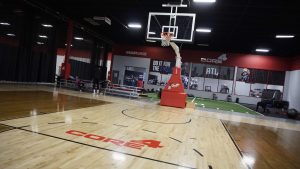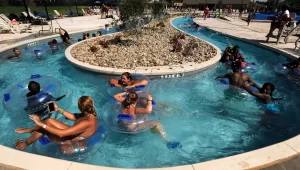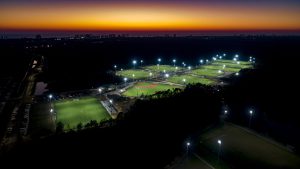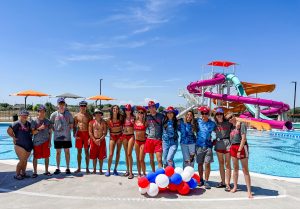Planning a College Campus Recreation Center
Planning a new college campus recreation center requires careful thought and consideration, as well as in-depth planning. In order to come up with a feasible plan, it’s necessary to take a look at key factors that go into designing a successful center. At the Sports Facilities Advisory, we’ve got the experience to help you.
Two Different Markets
Right off the bat, it’s important to understand what makes a campus facility different than ones offered by local communities. The main thing to remember is that your campus center serves an entirely different market than community centers.
Campus recreation centers are designed to be an integral part of campus life for students, faculty and support staff. Every inch of your center, from building design to amenities, caters to the needs of people living and working on campus.
Community recreation centers serve the needs of individuals and groups that are not connected to each other. While these recreation centers have general appeal, they often do not focus on the space or amenities most students enjoy at the best college centers. The focus for a college campus center is skewed heavily towards a smaller community mindset, so planning for places where students can socialize is vital – cafes and seating areas, as well as minor perks like WiFi connectivity, can make all the difference.
Elite Athlete Training Facilities
Your facility should appeal to young people seeking high-quality sports facilities for serious training exercises. Student-athletes spend a lot of time training, and they expect the best equipment. That means state-of-the-art exercise equipment, training spaces, and locker rooms.
The average community fitness center isn’t responsible for ensuring NCAA athletes get the best training and care. Since the level of training correlates to performance, student athletes want to the same training advantages found at other competitive schools.
Establish a Get Fit Mentality
Many college students accept the idea that they’re going to gain up to 15 pounds of extra weight during their first year of attendance. Far from being a myth, many do indeed pack on the pounds for a number of reasons. It seems that weight gain and the stresses of college life go hand-in-hand. In response, colleges are starting to place a big emphasis on encouraging students to eat healthy and participate in physical exercise.
Your recreation center can be a focal point on campus, and initiate programs that help students lead healthier lives. As you mull over what to include, and what to leave out of your center, consider what types of fun activities are going to attract students who aren’t necessarily athletic, but who can benefit from spending time swimming at the pool, taking a cardio dance class, climbing a rock wall or playing a friendly game of racquetball.
Create a Unique Experience in Your Recreation Center
Cookie-cutter centers are not going to cut it with today’s students. Lots of schools are upgrading or building new recreational facilities. Use the early planning stages to figure out what elements are going to make your center unique.
Consider ways in which your college recreation center can be more than just a place to workout. Consider making it a place where members of the student community can come together, connect with other students, and make their college experience all the more memorable.
The Sports Facilities Advisory has some great ideas for college and youth focused sports complexes. Contact us today for more details.






